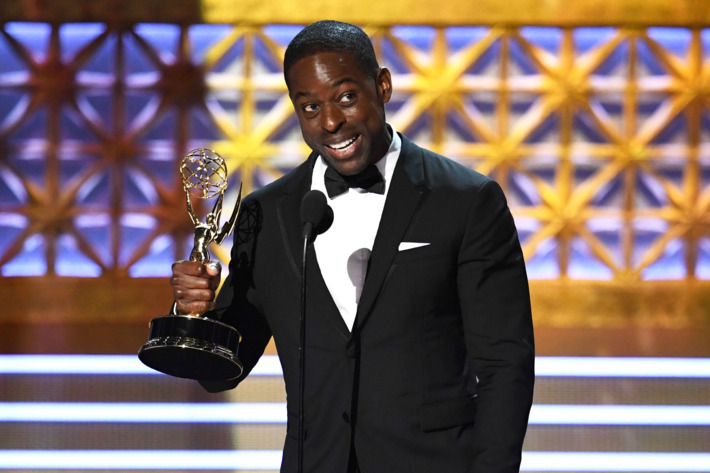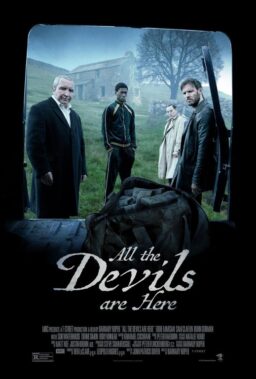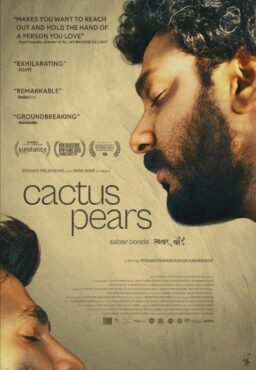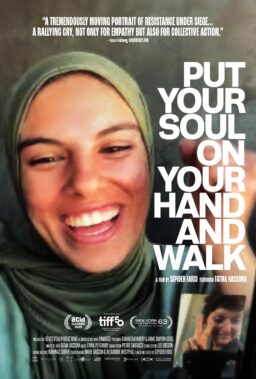Thumbnails is a roundup of brief excerpts to introduce you to articles from other websites that we found interesting and exciting. We provide links to the original sources for you to read in their entirety.—Chaz Ebert
1.
“The Hypocritical Progressiveness of the 2017 Emmy Awards“: According to our editor Matt Zoller Seitz, providing essential commentary at Vulture.
“With the conspicuous exception of Jane Fonda, Lily Tomlin, and Dolly Parton comparing Trump to their piggish boss in the 1980 hit ‘9 to 5,’ many of the jokes Sunday night lacked any discernible sharp edge. For the most part, they were predictable and unimaginative. Colbert’s reference in the ‘Westworld’ sketch to feeling like he’d been living in a simulation since November 8 was one of the better ones — and it wasn’t all that. And it was difficult to take any of outrage seriously when the telecast brought out Sean Spicer, briefly Trump’s press secretary, for a joke that resonated mainly with people who watched ‘Saturday Night Live.’ Spicer walked out onto the stage, appearing to push a half-baked version of the motorized podium that Melissa McCarthy rode through traffic during one of her memorable ‘SNL’ appearances as a surreal, bellowing version of ‘Spicey.’ Spicer, who represented Trump by floating such whoppers as a claim that Coretta Scott King would’ve supported Jeff Sessions’s nomination as attorney general, proceeded to play himself by lying through his teeth, smiling the whole time. ‘This will be the largest audience to witness an Emmys, period, both in person and around the world,’ he said, echoing his boss’s repeated lies about the size of the crowd at his inauguration. It was hilarious stuff if you take the Maureen Dowd point of view that politics is all just showbiz, anyway. But if you think words actually matter and that some sins shouldn’t be forgiven at all, let alone quickly, it was an inadvertently chilling display.”
2.

“Why the Choreography of Ryan Heffington Has Become My New Obsession“: At Indie Outlook, I delve into the astonishing work of Heffington, whose genius is on display in everything from Sia music videos to films like “Baby Driver.”
“As soon as she appears in the music video for Sia’s ‘Chandelier,’ [Maddie] Ziegler is nothing less than a force of nature: spinning, kicking and contorting with wild abandon through the empty rooms of an apartment. In what appears to be the morning after a night of heavy partying, Ziegler conveys the melancholic daze of a hangover, striving to escape her impending shame by indulging in a sense of childlike carelessness. Heffington’s exhilarating choreography, which he created with input from Sia, has been described by the singer as the illustration of a nervous breakdown. As Sia belts out the lyrics, ‘I’m holding on for dear life / Won’t look down, won’t open my eyes,’ Ziegler wraps herself in window curtains, stretches her left eye open with her hand (as if ensuring that she’s conscious) and then traces the path of a tear rolling down her cheek. The lyrics continue with, ‘Keep my glass full until morning light / ‘cause I’m just holding on for tonight,’ as Ziegler closes the curtains just beneath her face, causing her to move upward as if gasping for air in the deep end of a swimming pool. Then she raises her hand and bids her audience adieu before concluding the video with a series of moves that are hauntingly schizophrenic. The camera moves back as Ziegler stands in a doorway, alternating between a curtsy and a normal stance. As she curtsies, an eerie smile forms on her face, but when she returns to standing still, her face is expressionless and her body is clearly exhausted. Perhaps Ziegler found some catharsis in channeling the frustration reverberating within the cheery disposition so often snapped on for reality TV cameras. What’s undeniable is the cathartic power of her performance, which received well over 1.6 billion views on YouTube and earned Heffington an MTV Video Music Award as well as a Grammy nomination. According to [Gia] Kourlas, he and Sia have ‘done more to raise the standards of dance in pop music than nearly any current artist integrating the forms,’ and it all can be traced back to this unforgettable video.”
3.
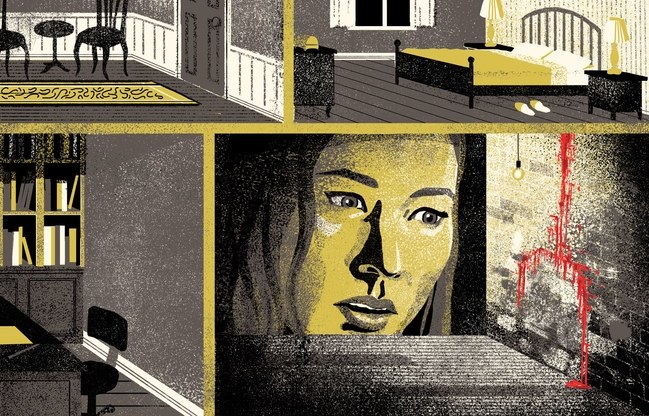
“‘Mother!’ and ‘Battle of the Sexes’“: Whether or not you agree with the reviews of New Yorker critic Anthony Lane, they are always a pleasure to read.
“Far from wincing at this process, of course, Aronofskyans—a devoted league—will be swayed by its allegorical force. They will revere the reverence in which he holds the artistic imperative, as well as the corrosive demands that it makes upon those caught up in the surge. ‘You give and you give and you give, and it’s never enough,’ the surgeon’s wife says to the Mother. (Pfeiffer gives the best performance; sly with sensual mischief, she alone brings a whiff of the worldly-wise.) Is Aronofsky using ‘Mother!’ to make his confession, perhaps, or seeking absolution from those of us who doggedly sat through ‘The Fountain’ (2006)? Either way, the folie de grandeur is overwhelming. No one could deny the zest of his eye, as it seeks out entropy and ruin—wait for the sticky and suppurating wound that opens up in the floorboards—or the sharpness of his ear. When powdered medication is tipped into a glass of water, the fizz fills the auditorium around you. Yet the movie’s grasp of experience feels tenuous, trippy, and, dare one say, adolescent; if you gave an extremely bright fifteen-year-old a bag of unfamiliar herbs to smoke, and forty million dollars or so to play with, ‘Mother!’ would be the result. It sees so much, dreams so intently, finds so few reasons to laugh, and knows so little.”
4.

“Coppola Just Screened ‘The Cotton Club Encore’—and It’s a Masterpiece“: A must-read dispatch from Telluride penned by Jim Hemphill at The Talkhouse.
“Coppola more or less washed his hands of the film for decades, until he stumbled across an old Betamax copy of his original cut and realized that his initial instincts had been correct; by cutting essential material he had in fact made his film feel longer, not shorter, because too many emotional trajectories were disrupted and too much missing information left the audience confused. Thrilled to discover not only a parallel structure in which Gere and Hines’s stories intersect and diverge in more productive ways but also a series of exceptional musical numbers deemed superfluous in 1984, Coppola began the detective work of finding the original negative (this alone being no small task given the movie’s incredibly labyrinthine production and distribution history) and then worked with top-notch technicians to restore the once lost material and remix the sound. The new cut of ‘The Cotton Club,’ which Coppola has titled ‘The Cotton Club Encore,’ retains everything that was great about the 1984 version and corrects everything that was wrong. It’s a bold, expansive, generous film bursting at the seams with enthusiasm – the enthusiasm of musical performers like the Hines brothers and McKee (whose show-stopping rendition of ‘Stormy Weather’ is one of the delights of the restoration), of scenery-chewing dramatic actors like Bob Hoskins, Nicolas Cage and James Remar tearing into their roles as violent gangsters with gusto, and most importantly of Coppola himself as the meticulous re-creator of a vital moment in American entertainment and history. The movie is as joyous a cinematic experience as I’ve ever had thanks to the vibrancy of its action and musical numbers, all of which Coppola stages with the same raucous energy that Walsh and Bacon and their peers brought to the 1930s films that inspired him.”
5.

“Screen Cuisine: A History of The Brown Derby & Robert Cobb’s Salad“: A delectable entry at the terrific blog, Married at the Movies.
“Even though all of Robert Cobb’s glittery eateries have, sadly, gone the way of the bulldozer (there exists a lone marker to the original Wilshire Blvd Cobb: a brown derby shaped roof at the top of an otherwise forgettable strip mall) there is one aspect of Cobb’s legacy that is not only still very much alive. The Cobb Salad. This famous recipe originated at the original Brown Derby on Wilshire Blvd., a recipe of Mr. Cobb’s. The story goes: Late one night, [Cobb] prepared himself a salad of chopped leftover chicken and some other ingredients. His palsJack Warner, Sid Grauman, Wilson Mizner, and Gene Fowler dropped by the restaurant after a movie preview just as Bob was enjoying his homemade supper. Mizner asked what he was eating. The four guys joined in with Bob and, after that, began ordering Bob’s ‘Cobb Salad.’ Cobb added on to the original recipe, and when the Hollywood Brown Derby opened in 1929 it appeared as an official fixture on the menu. I recently treated Mr. Martin to the original Cobb Salad recipe–complete with its famous homemade French Dressing–and have it here for you direct from The Brown Derby Restaurant book by Sally Wright Cobb. (The book is a must-own for any fans of Classic Hollywood and is the source used for much of this post.) We recommend putting on the full episode of ‘I Love Lucy’’s ‘Hollywood At Last’ (available streaming on Hulu) while you prepare this dish to put you in the spirit of things.”
Image of the Day

Attention Chicago cinephiles: on Sunday, September 24th, the invaluable art house venue, Filmfront, will be hosting an evening of films from the remarkable director Sky Hopinka, who will be present for post-screening discussion. Click here for the full details.
Video of the Day
Tamar Rogoff and Daisy Wright’s “Enter the Faun,” a documentary about an actor with cerebral palsy, is among the selections at the 2017 ReelAbilities Film Festival in Chicago. Click here for the full line-up.

